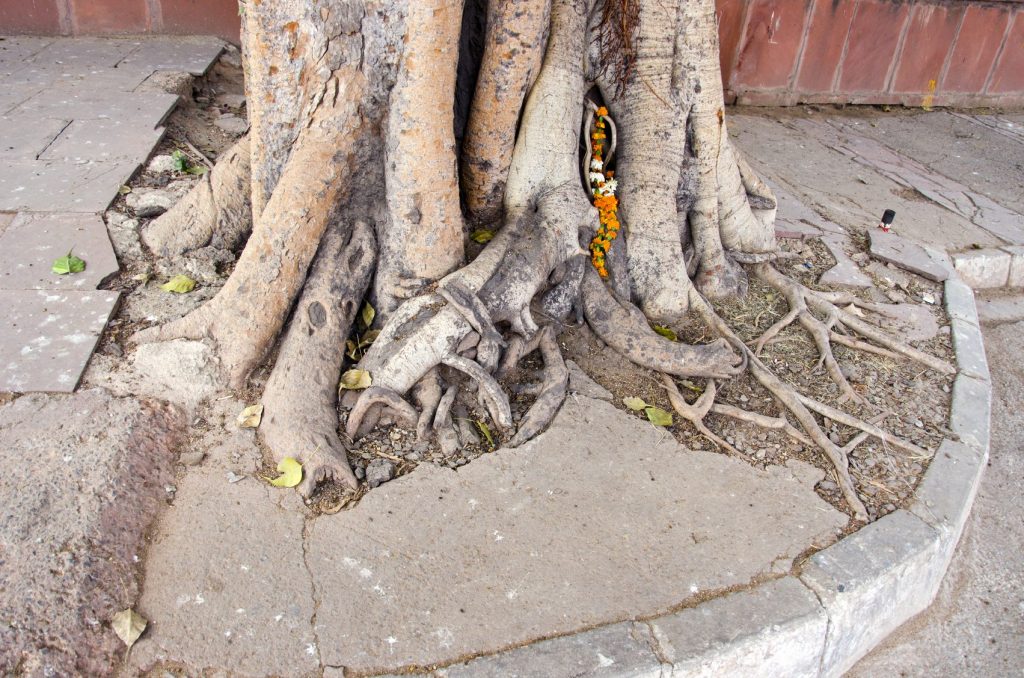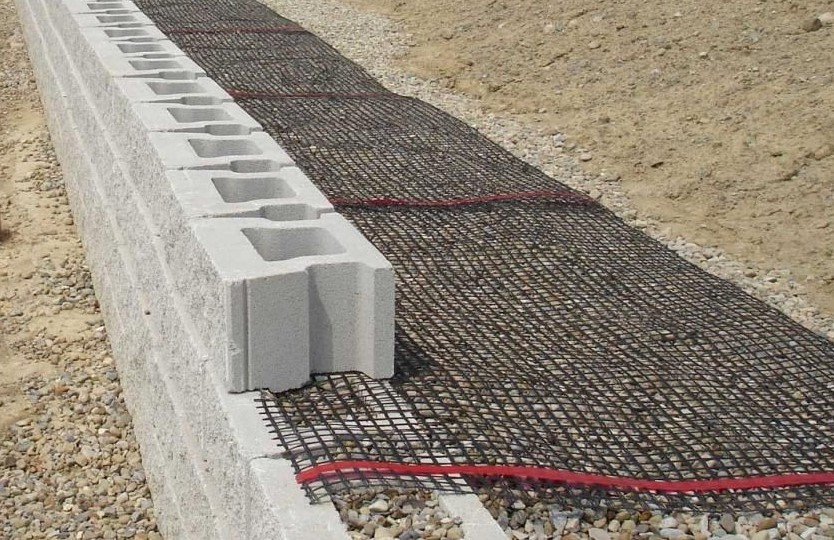
When engineering a structure, one must consider the various forces it must endure over long periods of time lest it fail. In this article, we’ll briefly go over static vs dynamic loads one must take into consideration when designing and building various landscaping structures in Victoria BC.
What is a Static and Dynamic Load?
Static means unchanging and dynamic means changing. In regards to landscaping in Victoria BC, we are referring to the following.
Static would be things like weight of a slope and expected weight of loads on top in the case of a driveway or walkway or patio.
Dynamic loads would be things like roots and erosion.
An example of a static load for a retaining wall would be the mass of the hill it’s holding up. In the timeframes we are looking at, that should not change. It’s a constant force acting upon the wall that must be engineered accordingly.
An example of a static load for a paver patio would be the weight of patio furniture and people on top. While people come and go and furniture can be moved around, we do not generally expect a horde of people nor do we expect a tractor to park on top of a paver patio. Thus it would be engineered for “pedestrian” traffic.
An example of a dynamic load for a retaining wall and for paver surfaces alike would be roots. Because roots are constantly growing, they are pushing out microns at a time. Over time these organic structures wedge into and in between structures one cell at a time and create bulges and blowouts.
Solutions
In order to create a safe and durable landscaping structure, various solutions are applied to resist these forces.
In the case of erosion, proper drainage is utilized. We can reroute the water with channels and piping. We can promote drainage with gravel instead of soils. Preventing water from going where we don’t want it to and the speed where it could cause damage are the best ways to resist such a dynamic load. However, we can also make modifications to the base materials itself to prevent erosion. For example, in one job we used clear crush gravel in place of the usual sand and road base. Since clear crush gravel (3/4” sized) lacks any fine particulates (or “fines” in landscape talk), it would take a far greater torrent of water to wash out and affect the base material. Simply put, the rocks are so much bigger that it would take quite the torrent to move any of them even a little. That and the nature of the rocks to lock together due to their shape means this can resist far more water runoff should such a scenario be unavoidable.

With roots, the best solution is to avoid them in the first place. Having a larger buffer area between the plants and your landscape structures is the best solution. If that cannot be avoided, then removal is the other solution. We all know how difficult it is to get trees removed in Victoria so this is becoming increasingly unattainable as a solution. Bushes, however, can still be removed by an experienced landscaper.
For static loads, it really comes down to proper engineering. This means having appropriate thickness and compaction of the base material so the foundation of the entire landscape structure is secure. We touched on this here with regards to preventing lateral movement of pavers. Essentially you want a stable surface that is designed to hold the weight that it’s supposed to in order to serve its function.

For something like a retaining wall then, a static load would be something like the weight of the hill behind it, or the weight of the driveway it’s holding up, or even a house or shed. Resisting that would entail the use of geogrid. Geogrid resists the nature of the material it’s embedded in, generally soil or gravel, from pulling apart. As a result it promotes the unity of the material into acting as a singular structure. Its tensile strength keeps the hill from pulling itself apart under heavy loads, loads that a wall of blocks or boulders is not suited to resist by itself.
Conclusion
So there you have it. These are some of the most common solutions utilized in the landscaping business here in Victoria BC. These are things we utilize both for new installs as well as repairs. As both our company and our clients want a long lasting structure without any headaches of maintenance and repairs, it’s always good to be mindful of the variety of solutions available that suits both our unique climate in Victoria and supply availability. For more information, please contact us.